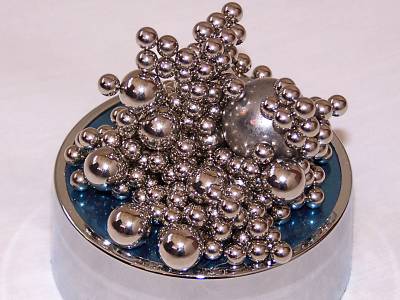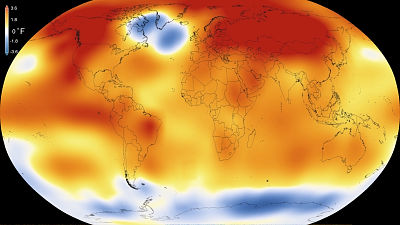Air conditioning was not originally created for humans

Due to climate change, the average temperature of the world
Air Conditioning Wasn't Invented to Provide Comfort to Human Beings-IEEE Spectrum
https://spectrum.ieee.org/green-tech/buildings/air-conditioning-wasnt-invented-to-provide-comfort-to-human-beings
According to Vaclav Smil, a columnist at IEEE Spectrum, an information magazine of the technology standardization organization, the origin of air conditioners dates back to 1902. Around this time, the color printing plant in Brooklyn, NY had problems with heat and humidity ruining prints. Since the printing press at that time could print only one color at a time, it was necessary to put the paper into the printing machine many times, but if there was a slight misalignment due to the influence of moisture, printing mistakes frequently occurred. I heard that.
Therefore, the factory asked the inventor Willis Havilland Carrier to develop a cooling device that keeps the temperature and humidity constant inside the room. Half of the equipment's cooling capacity was mechanical cooling using evaporation heat , and the other half was using cold well water.

The carrier cooling system did not always work as expected, but the carrier continued its research and in 1906, obtained a
The resulting air conditioner was used only for printing, textile, film, and food industry factories for some time, but in the 1920s, it was introduced to large commercial facilities such as apartments and movie theaters. It was In 1932, the first window-mounted air conditioner 'THORNE ROOM AIR CONDITIONER' appeared, and it became possible to use the air conditioner at home. However, due to World War II, which started in 1939, air conditioners for comfort were banned as 'unnecessary for war.'
Despite some twists and turns such as the Second World War, air conditioners have spread steadily, and in 1990, 70% of all American households used air conditioners. In recent years, it is said that the prevalence of air conditioners in the United States and Japan has exceeded 90% .
As of 2019, nearly a century after the first air conditioners appeared, it is estimated that 1.6 billion air conditioners are in operation worldwide, half of which are in China and the United States. However, air conditioners are expected to increase at a more rapid pace in the future. In 2018, the International Energy Agency (IEA) said, ``Purchasing air conditioners due to rising incomes in emerging countries,'' ``climate of peak temperature due to global warming,'' and ``population increase in hot regions such as South Asia, Africa and the Middle East.'' , A report that a ' cooling crunch ' (air conditioner crisis (cold crunch)) will occur.

It's easy to imagine that power consumption will increase as the number of air conditioners increases, but the situation is more serious. For example, if 200 million people in Uttar Pradesh, India, where the average temperature in the summer is much higher than in Florida, the southernmost part of the U.S., would use air conditioning, it would require more than twice as much electricity as the entire United States. It is estimated. In addition, since coal-fired power generation is actively used in India and China, if the demand for electric power increases due to the spread of air conditioners, it will directly lead to an increase in carbon dioxide emissions.
“Higher temperatures and rising incomes and populations make it hard to stop the rapid increase in air conditioning. We can do better city planning, smarter building design, and new manufacturing.” By slowing down the growth of power consumption by setting strict energy-saving standards for air conditioners.'
Related Posts:
in Hardware, Posted by log1l_ks







